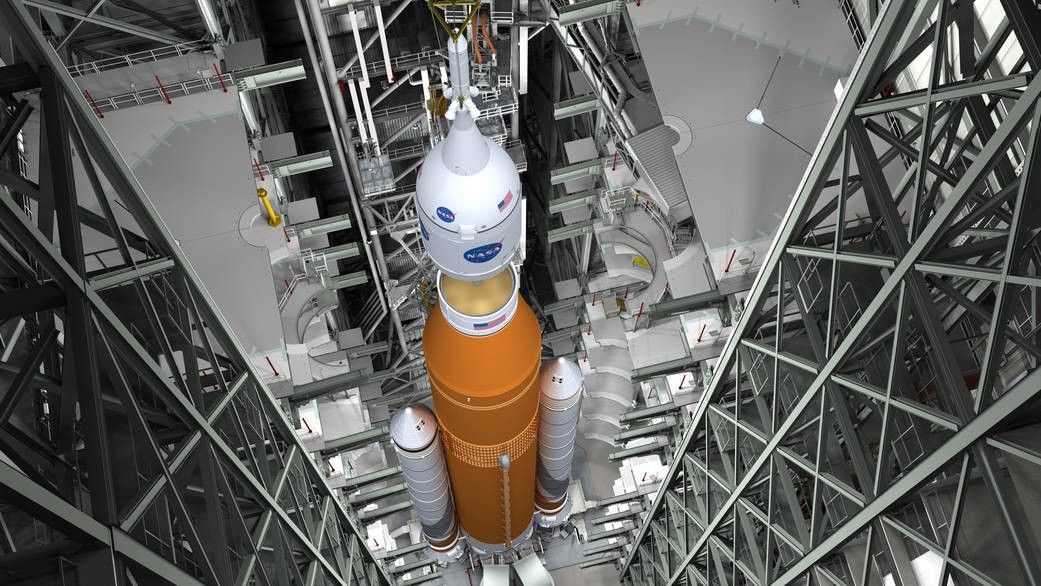Armed Forces
Watchkeeper With Claws. Kielce Debut.
Watchkeeper UAV presented during the Kielce exhibition is, for the first time ever, carrying some armament under its wings. Armament for the UAV constitutes one of the key requirements in case of the “Gryf” procurement programme, realized by the Polish Ministry of Defence. Thanks to the cooperation between Thales UK and WB Electronics, the British UAV is compliant, within a wider scope, with the Polish UAV systems which are currently being used operationally, such as the FlyEye UAV.
WH450 Watchkeeper is being showcased with its armament for the first time in history, during the 2015 MSPO salon. Four FFLMM guided munitions (Free-Fall Lightweight Multi-role Missile), along with a special hardpoint system, were mounted under the Watchkeeper’s wings for the presentation taking place in Kielce. Even though the hardpoint system was ready for use during this year’s edition of the Paris Air Show, the UAV was presented without the armament, due to the fact that France is not interested in utilizing the Watchkeeper in the air-to-ground sorties.
Should Poland select the Watchkeeper UAV within the scope of the “Gryf” tactical UAV procurement programme, the country is going to become the first user of the armed variant of the Watchkeeper system. FFLMM munitions weigh only 6 kilograms each, and are fitted with a high-explosive anti-tank warheads weighing 2 kilograms each, along with a double-guidance system using the laser beam and the GPS signals. This makes it possible to attack both moving, as well as stationary targets, with a high degree of effectiveness, also against the armoured vehicles or objects, with minimized risk of collateral damage.
Poland may also, as the first country ever, get a chance of operating a variety of UAV systems with the use of unified command and control stations. Thanks to the memorandum signed in August this year, between Thales UK and WB Electronics, it is going to be possible to integrate the defence, guidance and observation systems of the Polish FlyEye and Manta systems, together with the infrastructure used to control the British-made Watchkeeper UAV. This means that there is a possibility of controlling all of the above UAV’s with the use of a single control station, developed for the Watchkeeper system. As it was indicated by the representatives of the manufacturer, the above will make it possible to reduce the cost of operation and training, and to increase the functionality and flexibility of the operational applications.
The UAV in question is capable of conducting up to 20 hour long sorties, at operating altitude of 16 000 feet, in any weather conditions. The airframe is tailored to being used in the European climate, within a wide temperature range (also below zero centigrade), both above the land, as well as in maritime sorties. The autonomous control system only requires the operator to select the waypoints, with the use of map and mouse. Not only is the UAV autonomous in flight, it also carries out the take-off and landing procedures on its own.
The sensors – in the standard configuration used by the British Army – include the I-Master SAR radar and Thales Optronic device, operating both within the visible light, as well as within the infra-red spectra. The optronic suite also features a laser target designator.



